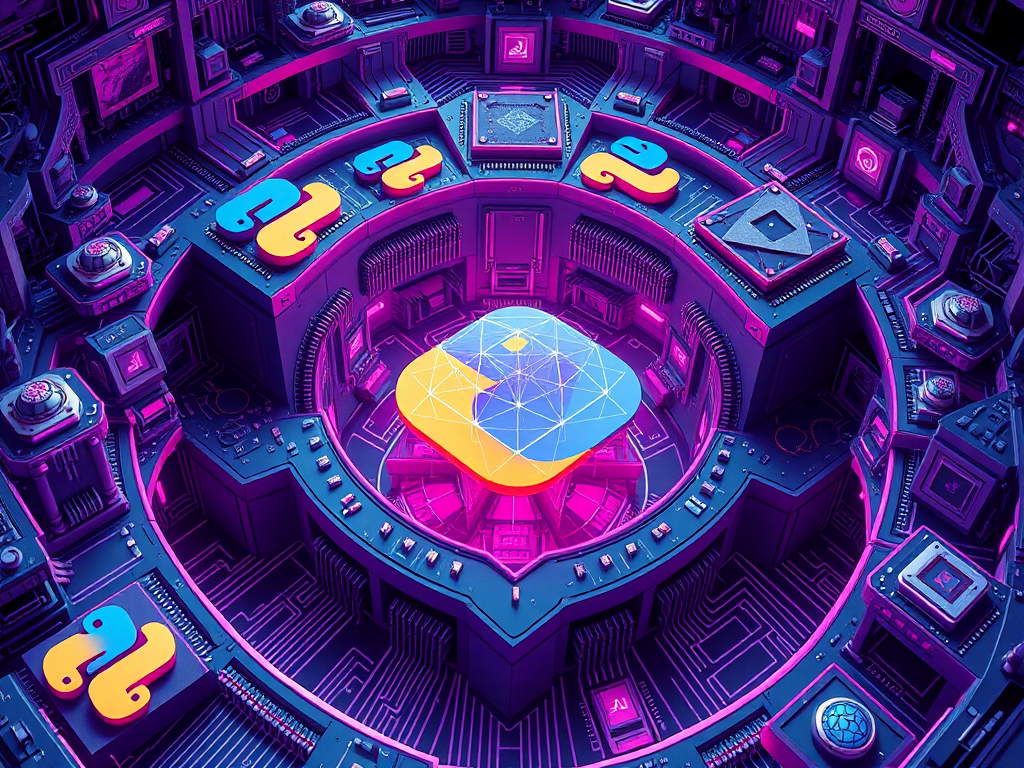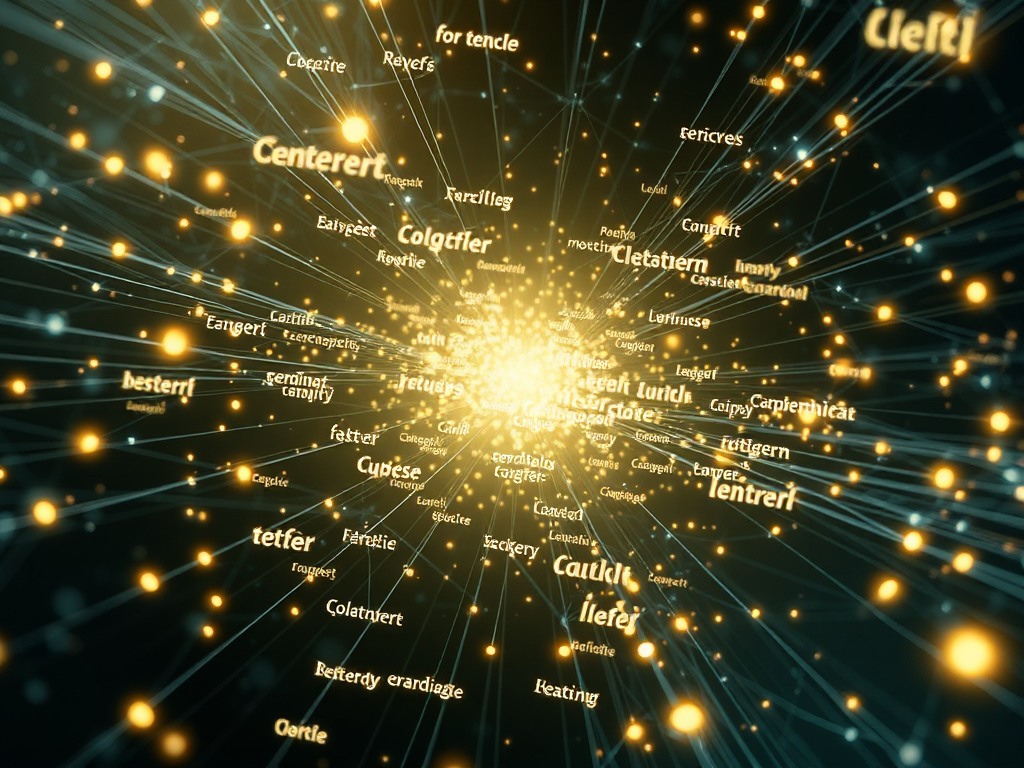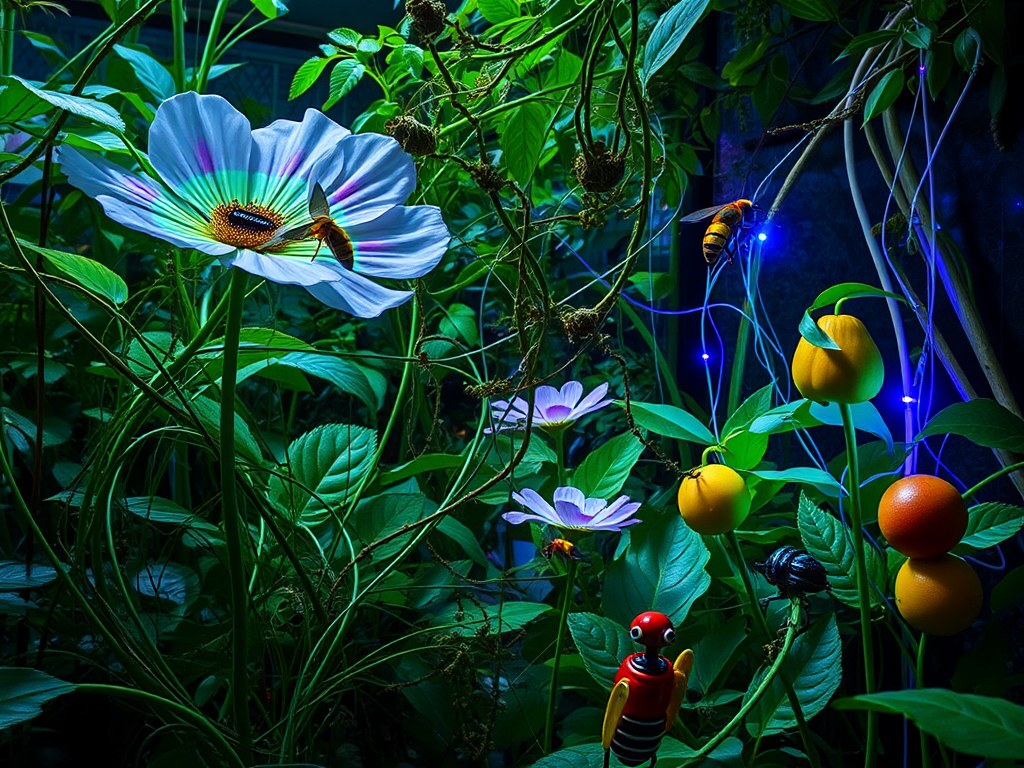Origin
Do you often hear people around you talking about deep learning and artificial intelligence, feeling it's sophisticated but don't know where to start? As a Python programming enthusiast, I once had the same confusion. Until one day, I decided to start with the most basic handwritten digit recognition project, exploring the mysteries of deep learning step by step. Today, let me take you into this magical field.
Basics
Before getting hands-on, we need to understand some basic concepts. Deep learning sounds complex, but essentially it's about making computers mimic how human brains learn. Just like how we learn to recognize characters from childhood, computers need to learn how to recognize numbers through numerous examples.
Did you know? When humans recognize numbers, they first notice the features of strokes, then combine these features to determine which number it is. Deep learning networks work on a similar principle - extracting features through multiple neural network layers to reach a conclusion.
Preparation
Before we officially begin, we need to prepare the following tools:
import tensorflow as tf
from tensorflow import keras
import numpy as np
import matplotlib.pyplot as plt
(x_train, y_train), (x_test, y_test) = keras.datasets.mnist.load_data()
x_train = x_train / 255.0
x_test = x_test / 255.0
Architecture
Let me share my thinking process when designing the neural network. For the handwritten digit recognition task, we don't need a particularly complex network structure. After repeated experiments, I found that a neural network with two hidden layers could achieve good results.
model = keras.Sequential([
keras.layers.Flatten(input_shape=(28, 28)), # Input layer, flatten 28x28 image
keras.layers.Dense(128, activation='relu'), # First hidden layer
keras.layers.Dropout(0.2), # Prevent overfitting
keras.layers.Dense(64, activation='relu'), # Second hidden layer
keras.layers.Dense(10, activation='softmax') # Output layer, probabilities for 10 digits
])
model.compile(optimizer='adam',
loss='sparse_categorical_crossentropy',
metrics=['accuracy'])
Training
The training process is the most exciting part. I remember the first time I trained the model, watching the accuracy numbers continuously updating in the terminal, it felt like watching your own child slowly growing up.
history = model.fit(x_train, y_train,
epochs=10,
validation_split=0.2,
batch_size=32,
verbose=1)
plt.plot(history.history['accuracy'], label='Training Accuracy')
plt.plot(history.history['val_accuracy'], label='Validation Accuracy')
plt.xlabel('Epochs')
plt.ylabel('Accuracy')
plt.legend()
plt.show()
Evaluation
After training, we need to objectively evaluate the model's performance. You might ask, why set aside a portion of data specifically for testing? It's like taking an exam - how would you know if you've truly mastered the knowledge or just memorized the answers if you used all questions for practice?
test_loss, test_accuracy = model.evaluate(x_test, y_test)
print(f"Test Set Accuracy: {test_accuracy:.4f}")
predictions = model.predict(x_test[:5])
for i in range(5):
print(f"True Value: {y_test[i]}, Predicted Value: {np.argmax(predictions[i])}")
Practical Application
Now comes the most interesting part - practical application. Let's see how the model handles real handwritten digit images. I remember the first time the model correctly recognized my messy handwritten numbers, that sense of achievement was indescribable.
def predict_digit(image_path):
# Load and preprocess image
img = keras.preprocessing.image.load_img(
image_path, target_size=(28, 28), color_mode='grayscale'
)
img_array = keras.preprocessing.image.img_to_array(img)
img_array = img_array / 255.0
img_array = np.expand_dims(img_array, 0)
# Predict
predictions = model.predict(img_array)
predicted_digit = np.argmax(predictions[0])
confidence = np.max(predictions[0])
return predicted_digit, confidence
Reflection
During the implementation of this project, I have many insights to share with you. First, deep learning isn't as mysterious as it appears. Its core idea is actually quite simple: learning patterns through numerous examples. Isn't this how we humans learn?
Second, I found that parameter tuning is truly an art. For instance, why choose 128 neurons instead of 256? Why use two hidden layers instead of three? These all require continuous experimentation to find the optimal answers. I suggest you try adjusting these parameters and observe the changes in model performance.
Finally, I want to say that although this project is simple, it contains the most fundamental elements of deep learning: data preprocessing, model building, training, evaluation, and application. Once you master these, you've grasped the basic workflow of deep learning.
Future Outlook
Learning isn't the endpoint, but a new starting point. After completing this project, you can try more complex tasks:
- Try recognizing color images
- Implement object detection
- Explore image generation
- Research natural language processing
Remember, every deep learning expert started with simple projects. What matters isn't where you start, but continuous learning and practice. What do you think? Feel free to share your thoughts and experiences in the comments.
Finally, I'd like to quote something I really like: Programming is like writing poetry; it's about solving problems in the most elegant way. In the field of deep learning, we should pursue not only model accuracy but also code elegance and efficiency. Do you agree?







